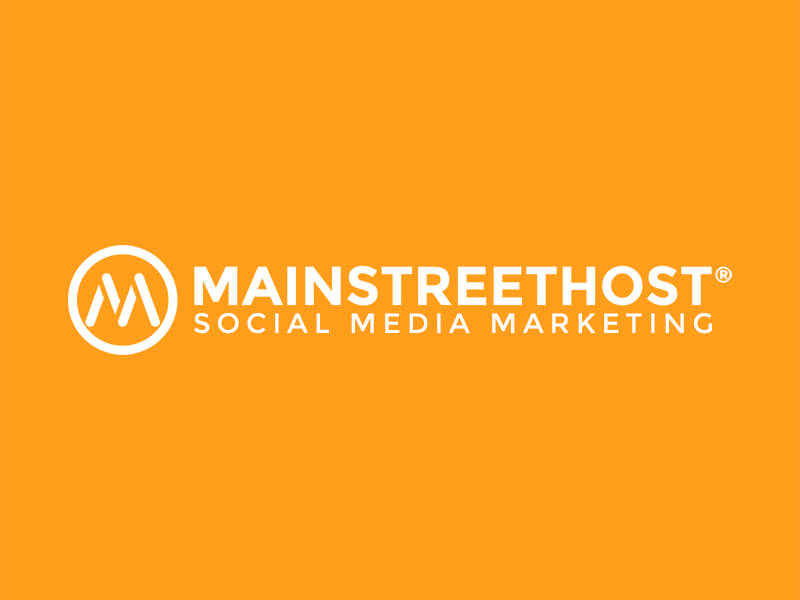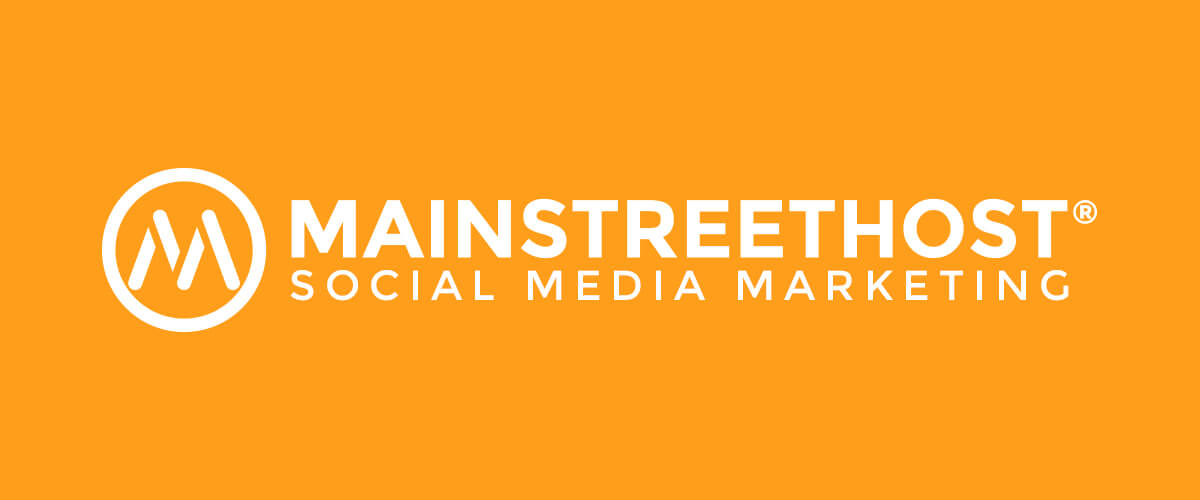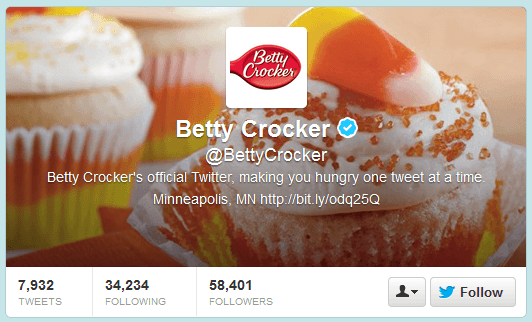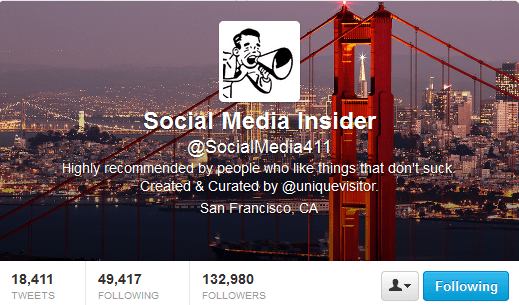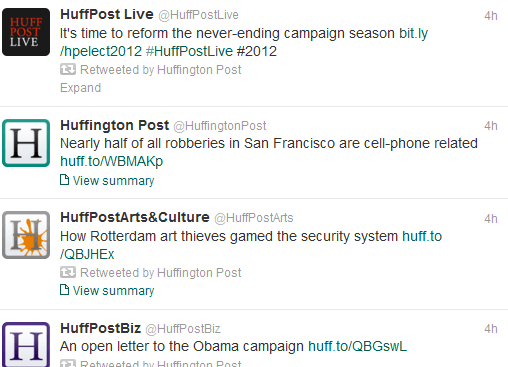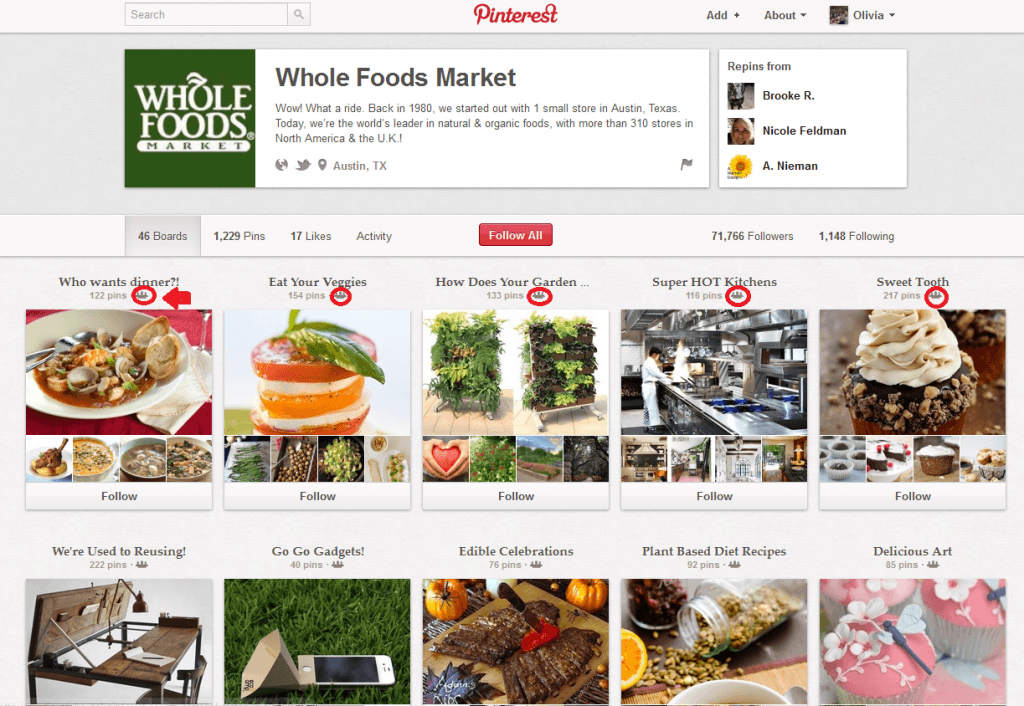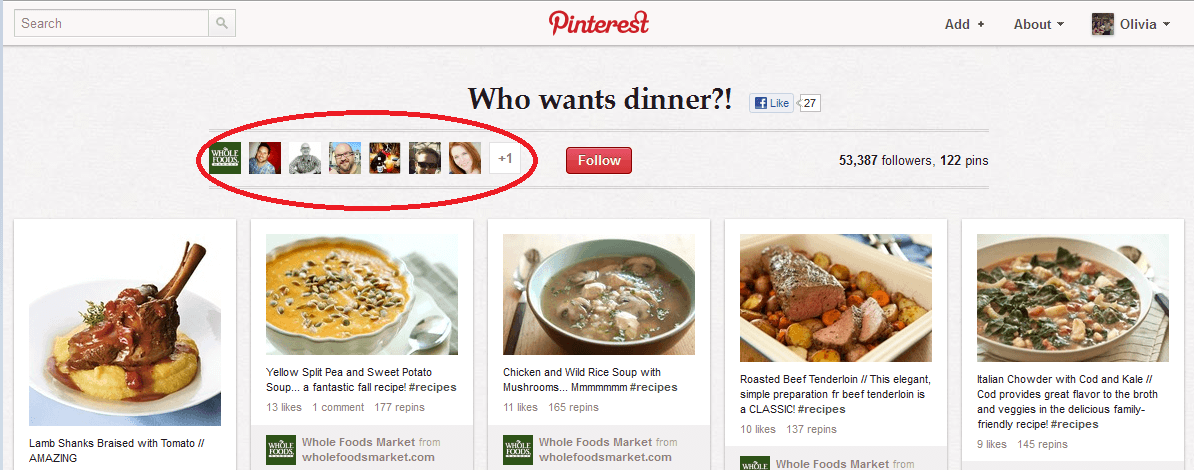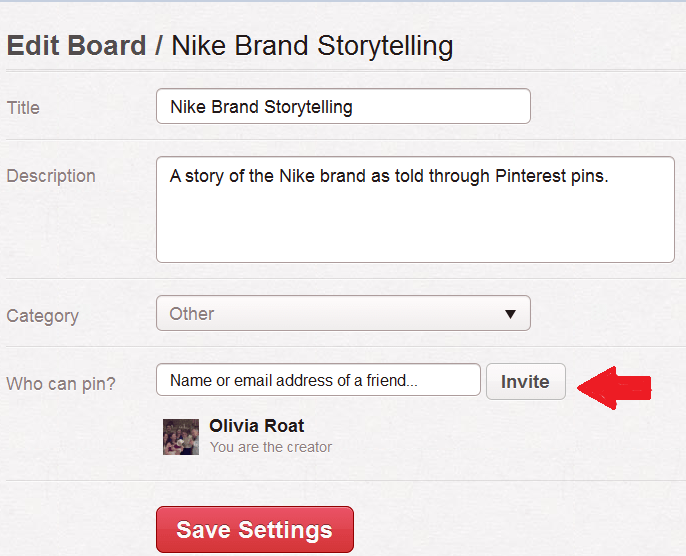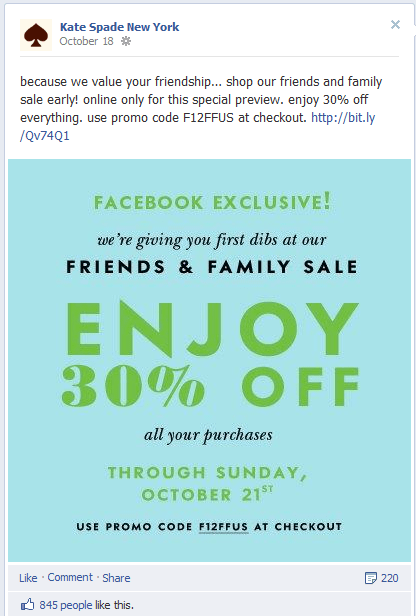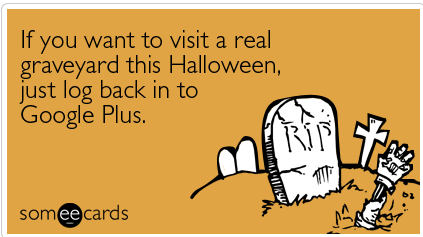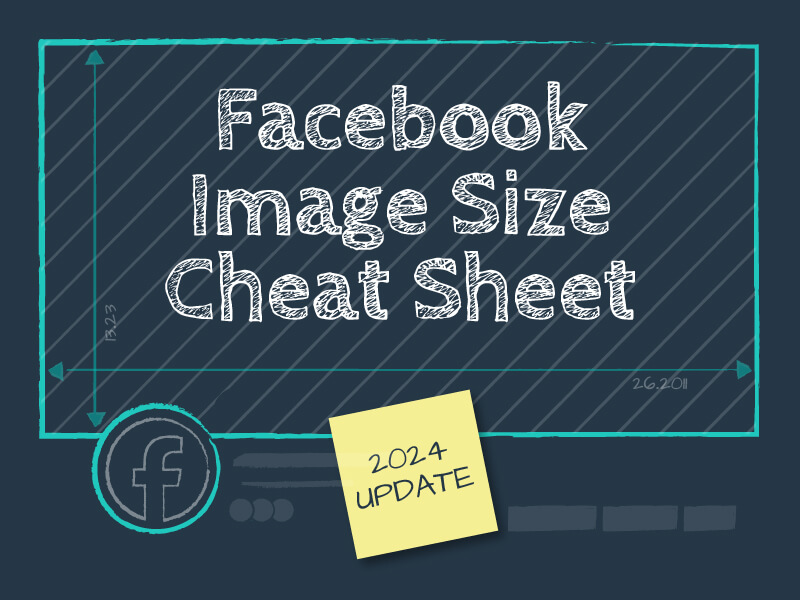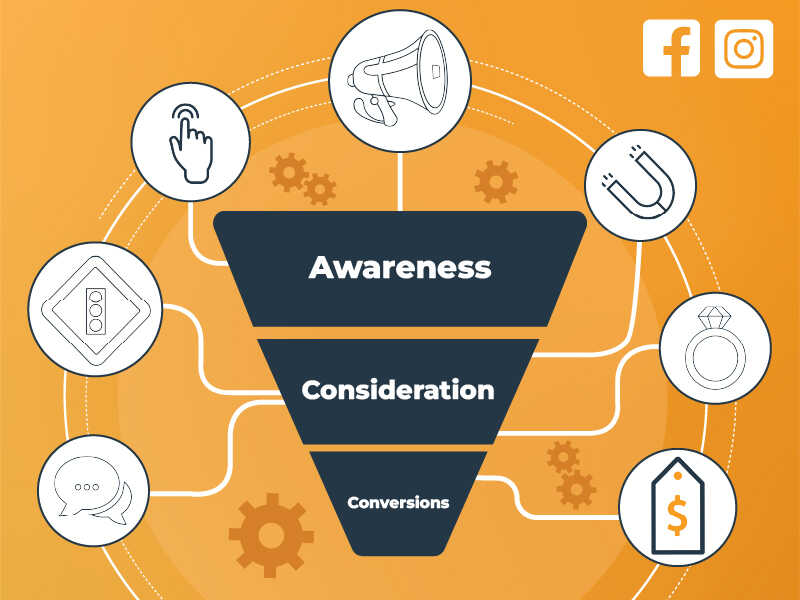Every year, beginning in the second week of October, ABC Family begins airing its 13 Nights of Halloween, a programming special in which movies eerie, comical, iconic, and spooky alike descend upon the ABC Family channel, encouraging both young and old to indulge their inner scary-movie freak and get in the spirit of the holiday characterized by candy, costumes, and creatures of the night. The now classic TV campaign extends the Halloween celebration for a number of days that is fitting in its superstitious implications, and I, for one, am a big fan.
In homage to ABC Family’s 13 Nights of Halloween, I decided to craft a blog post that captures the spirit of a holiday we all love to hate with the timeline of a television affair that’s still going strong after 14 years.
I present: 13 Nights to a Better Social Media Strategy. You’ll find tips and best practices formatted in the style of ABC Family and sprinkled with some Halloween movie references for good measure. The best part of this list of thirteen: it’s not relevant only on the 31st of October.
1. Post Visual Content
In the age of Pinterest and Instagram, images on social media sites are the latest and greatest thing. Visual content captures our attention and is proven to generate more social media engagement than text: on Facebook, videos are shared 12x more than links and text posts combined. Photos are liked 2x more than text updates, and social media scientist Dan Zarrella discovered that Facebook users engage with (like, comment, and share) posts that feature photos more than any other type of post.
Visual content can oftentimes communicate things and evoke emotions much more powerfully than text. Isn’t reading a synopsis of the movie Halloween far less chilling and terrifying than actually seeing a psychotic Michael Myers stalk and torment an unsuspecting Jamie Lee Curtis to the tune of cliche horror-movie music?
2. Utilize the Twitter Header
Last month, Twitter debuted a new profile feature: the Twitter header. While some were quick to compare it to Facebook’s cover photo, the Twitter header actually has some advantages that the cover photo lacks. My coworker Pat devotes an entire blog post to this topic, and I’ll summarize here: Facebook places multiple limitations on cover photos. They cannot include any contact information, price or purchase information, or calls to action. Contrastingly, Twitter headers can include contact info and CTAs in addition to advertisements for deals. Twitter users can even encourage others to follow them through the header.
However, most brands I’ve looked at on Twitter do not use the cover photo, and consequently, they’re missing out on a great branding opportunity. Couple Twitter’s looser regulations for the header with our obsession with compelling visual content, and an ideal marketing match is born.
Whether it’s a beautiful, delectable photo of a seasonal baked good that will prompt people to click over to an account’s website a la Betty Crocker:
Or a scenic photo that speaks to a business’ home base and roots a la Social Media Insider:
the Twitter header is one more visual medium that brands can leverage.
3. Use a Brand-Specific URL Shortener
According to research from Buddy Media, engagement rates are three times higher for Facebook posts that use a full-length URL as opposed to those that use one of the popular, ever-present URL shorteners (such as bit.ly or tinyurl.com). When people see a link that begins with bit.ly, they have no indication where that link will take them, so they’re less likely to click on it. However, as I stated above, keeping a post brief is important, and full-length URLs take up precious characters. The answer: a brand-specific URL shortener, like the one used by New York Magazine, which abridges a URL but still lets people know where they’re headed once they click.
4. Post on the Weekends
Although most marketers think of social media marketing as a Monday through Friday, 9am to 5pm kind of thing, weekend posts actually garner more likes than weekday posts. Dan Zarrella attributes this to the contra-competitive timing phenomenon: most brands are silent on the weekends, so the ones that chat it up gain more attention.
5. Keep Tweets Varied
The number one reason people unfollow brands on Twitter: the content became repetitive and boring over time. Twitter users want diverse, wide-ranging tweets (and it’s worth noting that 92% of people retweet something because it’s interesting content). The Huffington Post is an example of a Twitter account that keeps things far from monotonous by tweeting on a wide variety of topics and retweeting various sub-sections of the digital newspaper: entertainment, world news, business news, arts and culture, etc.
In Bettlejuice, Alec Baldwin and Geena Davis had to say “Bettlejuice” three times to summon the crude, irreverent, macabre, pinstripe-suit-donning Betelgeuse, but in the social media world outside of the Connecticut Maitland-Deetz residence, it’s best not to engage in verbal reiterations.
6. Use Softer Sell Keywords in Facebook Contests
Research shows that when a business runs a contest or promotional offer on Facebook, people engage most with “softer” words like “events” and “winner” as opposed to more direct, aggressive language like “promotion,” “sweepstake,” and “coupon.”
Sounds weird, yes, but in the words of The Addams Family, “Weird is relative.”
7. Test Out Pinterest Contributor Boards
One of the less-talked-about features of Pinterest is the ability to add board contributors. If I add my friend as a contributor to one of my Pinterest boards, than he/she can pin images to that board. Whole Foods is one brand on Pinterest that allows people to contribute to its boards (as indicated by those little symbols).
When I click on one of these boards, I can see all of the contributors and click through directly to their individual Pinterest profiles.
What’s the advantage of this? For one, when a brand has board contributors, it can curate and amass more content, because it doesn’t have to shoulder the task of pinning alone. Also, a business that allows Pinterest users to add their own unique pins strengthens that brand-consumer connection by engaging consumers and inviting them to actively participate, giving consumers props and recognition, and valuing the interests of their target audience. Boards with contributors have a very communal feel: they’re an amalgamation of images that resonate with individual users. This is completely in sync with the larger online content-curating community that is Pinterest (over 80% of all pins are repins). Board contributors fit perfectly with the sharing, collective ethos of Pinterest.
To add a board contributor, simply click on “Edit Board,” and you’ll see a section entitled “Who can pin?” where you can add an individual’s name or email address.
8. Listen and Link, But Converse Too
For many brands, a social media campaign is dominated by two things: listening and linking. Monitoring social media conversations is one way brands can use Facebook and Twitter: to discover the needs, wants, and interests of consumers. And when it comes to Twitter, sending out tweets that drive traffic to a brand’s website via links should be an essential part of any well-run campaign. HubSpot’s research shows that more than 50% of retweets include links.
But, there’s value in conversing and interacting with fans. In a fantastic video entitled Content 2020, Coca-Cola lays out its new social media marketing strategy that’s tailored to the contemporary media landscape. In the video, the VP of Global Advertising Strategy for Coca-Cola says this:
“Let’s not just listen; let’s converse.”
Coca-Cola is spot on: when brands converse with followers, they seem less like link-tweeting machines out for the sole purpose of driving traffic and selling products but rather like customer-connected people that respond to the needs, questions, compliments, and complaints of their target audience.
The Twitter accounts with the largest followings are usually not very conversational; the majority of their tweets are links. But, even if conversing doesn’t guarantee a plethora of followers, I think there’s still something to be said for a brand that can retweet a consumer a la Welch’s:
Or a brand that can craft a witty response to someone even when that person doesn’t use the brand’s Twitter handle in the style of L.L. Bean:
9. Consider an Instagram Account
The wild popularity of the photo-taking and -sharing app Instagram is well established: the app reached the 80-million-user mark back in July.
And on first blush, the app seems like it’s for only individuals of the hipster variety who have a penchant for snapping pictures of things like fall foliage and food porn.
But, that’s all just a bunch of Hocus Pocus.
Instagram can actually be a powerful social-media-marketing tool, and there are a wealth of brands that use Instagram. Like Pinterest, Instagram is about the soft sell; it’s sometimes used to showcase pictures of products, but it’s also used to show the side of a brand that people don’t see by buying its products: behind-the-scenes glimpses, pictures of employees, pictures of consumers, etc. The best part about Instagram is that it allows businesses to harness the power of visual media even if that business doesn’t have those typical Pinterest-friendly images, because Instagram is about visually capturing the personality of a brand and that brand’s lifestyle and/or mission, which any brand can do.
Consider American Express. They have a less-than-stellar Pinterest page, but, that doesn’t mean it has to miss out on the image-inclined society we’re living in. It uses Instagram to showcase pictures of the foodie events and fashion shows it holds for card members, of the U.S. Open (which American Express sponsors), and of the music series “American Express Unstaged.”
American Express has around 264 followers on Pinterest and 25,000 followers on Instagram, proving that even if a brand isn’t suited for Pinterest, it can still tap into people’s inclination for images through Instagram and in doing so, raise brand awareness.
Instagram has no intrinsic share feature, which might on first blush seem like a disadvantage, but it actually presents an opportunity for businesses to conduct concurrent social media marketing campaigns: Instagram enables users to share photos on Facebook and Twitter (and while I wouldn’t recommend bombarding these two social media channels with Instagram photos, sharing once in a while can lend a hand to branding consistency).
10. Keep It Brief
Chalk it up to the character-capped Twitter or to the tendency people have to skim in a content-heavy digital world, but concise Facebook posts and tweets are more popular than longer ones. Buddy Media actually found a strong negative correlation between post length and engagement. Posts comprised of 80 characters or less have 27% higher engagement rates.
11. Respond to All Customers
Of course any business will be eager to retweet, share, and express thanks for unsolicited glowing recommendations and praiseworthy reviews voiced by customers, and rightfully so: these kind of compliments can do wonders for augmenting social proof. However, responding to customer complaints is equally (if not more) important, because the experiences people have online directly influences their purchasing behavior. Ninety-seven percent of people say that an online experience has influenced whether or not they bought a product or service from a brand. Also, 80% of individuals who use social media to get in touch with brands have abandoned purchases because of a poor customer service experience.
12. Keep the Principle of Surprise Reciprocity in Mind
(Props to Copyblogger for introducing me to this concept.)
Surprise reciprocity is one way to capture the interest of social media users. The concept involves giving people unexpected, positive experiences, and it looks like this:
Psychologist Norbert Schwarz conducted a study in which he occasionally placed a dime on a copy machine for the next person to use the machine to find. Later, he interviewed everyone who used the copy machine about their lives. People who found the ten cents were happier, more satisfied, and wanted to change less of their lives than those who didn’t find the ten cents. Can a measly dime really make that much of a difference in people’s lives? No. It’s not the money that affects people; it’s the unexpected, positive experience that can temporarily put people in a good mood.
Another study asked people leaving a grocery store to rate their satisfaction with their home televisions. People who received a free sample of food at the store minutes before being asked rated their satisfaction higher than those who didn’t receive a sample.
How does all of this relate to social media marketing? Greg Ciotti states that surprise reciprocity is one way to create customer loyalty. He says that Zappos puts this principle into practice: they state that an item will be delivered in 3-4 days, but they actually upgrade all customers to priority shipping, without ever mentioning it on the checkout page.
Surprise reciprocity provides people with a good kind of surprise; it’s not the kind of surprise Shelley Duvall received when Jack Nicholson (and his infamous leering facial expression) hacked his way through the bathroom door with an ax in The Shining.
(Surprise reciprocity is anti a mad, cabin-fever-crazed Jack Nicholson.) It can be gifted in the form of special, unexpected deals. It keeps people coming back, and social media is a perfect platform through which to deliver it. Consider this: the primary reason people like brands on Facebook or follow brands on Twitter is to gain access to special deals, so what better way to keep people coming back than giving them exactly what they want and in doing so, boost their mood?
Kate Spade recently had their Family and Friends sale. Before the sale officially commenced, it announced a Facebook exclusive deal: it gave all of its fans first dibs on the sale by releasing the code that people must enter at checkout one day early. This deal perfectly combined the concept of surprise reciprocity with customer appreciation, all the while giving Facebook fans exactly what they’re looking for when they like a page.
13. Choose the Right Words When Offering Deals
Businesses shouldn’t force consumers to do the math themselves. According to research by Buddy Media, using a phrase like “% off” won’t generate nearly as much engagement as the phrase “$ off”or the word “coupon.” “$ off” offers receive twice the engagement of “% off” offers, even if the cash people save is a small amount. Keep the offer simple and straightforward, and tell people exactly how much they’ll save.
You may have noticed that throughout The 13 Nights to a Better Social Media Strategy I mention Facebook, Twitter, Pinterest, and Instagram. What about Google+?
I’ll let this seasonal someecards do the explaining:
(I say this in jest of course. Any savvy marketer knows that Google+ is right up there with the other social media “cool kids.”)

